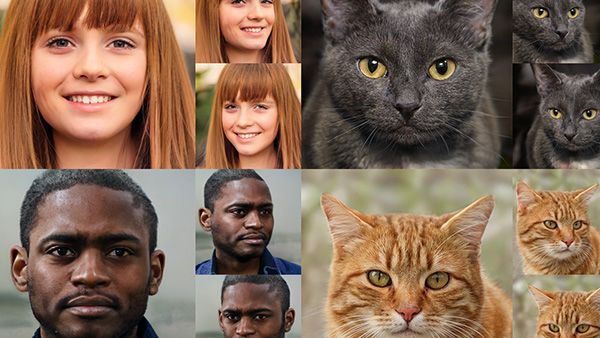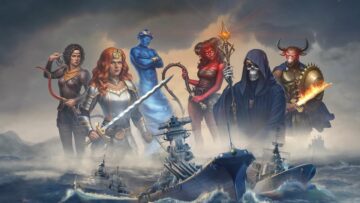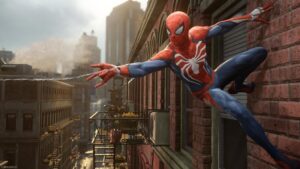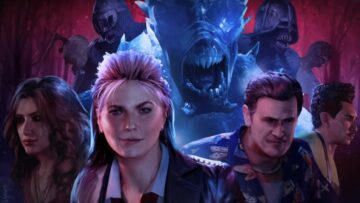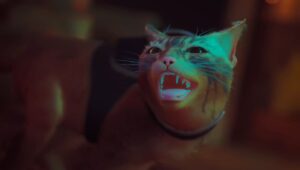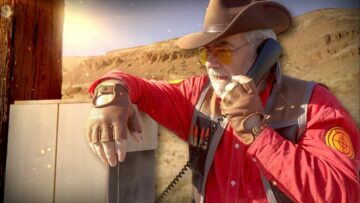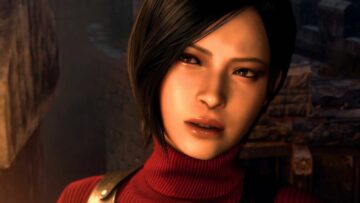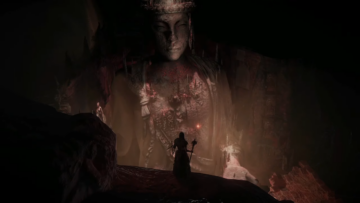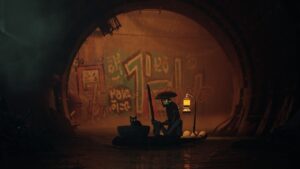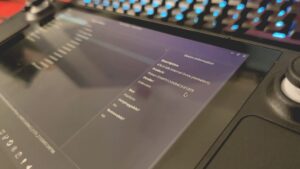Realistic images generated by AI neural networks are all the rage at the moment. Images like these AI-generated Duke Nukems (opens in new tab) have gone viral for their disturbing yet weirdly accurate takes. While AIs like DALLE-2 can do Photoshop magic better than the real thing (opens in new tab), all this is about to get much wilder as it moves to 3D.
GAN is a popular machine-learning model (opens in new tab) that pits two neural networks against each other to make for more accurate predictions. It’s already proven effective for 2D image recreation, and according to MarketTechPost (opens in new tab), researchers at Stanford have put it to work creating powerful 3D images.
The researchers call this AI model EG3D. It takes high-resolution 2D GAN images and moves them into the third dimension. It does this in a way that’s far less computer-intensive and more accurate than previous attempts, and even boasts of being able to manage it on laptops. Github (opens in new tab) does recommend 1-8 high-end Nvidia GPUs, so maybe make that a fairly good laptop to get the job done.
It seems to be achieved by the AI’s neural networks being trained on the resulting topography from 2D images until a consistent result is achieved. This has led to the team producing some creepily real pictures of people’s faces from multiple angles. It has also created some very cute pictures of cats, which feels much less threatening.
The biggest downside to these creations is they can be difficult to edit and refine. Thanks to being produced by AI, they aren’t exactly modelled in Blender ready to be manipulated to the user’s whims. A different machine-learning model developed by the University of Wisconsin called GiraffeHD (opens in new tab), which allows different variables in these images to be determined and selected will likely be a great help in the next step of these technologies.
That being said, because of the way these 3D images are generated, it may be a little while before we see them come to games. Being able to generate 3D images from already generated 2D images could be a huge boon for the industry, but it’s a little while off yet. However, once people manage to get these models to run in programs people can actually work with, the likelihood of seeing these AI-generated pictures in media is much more likely.
